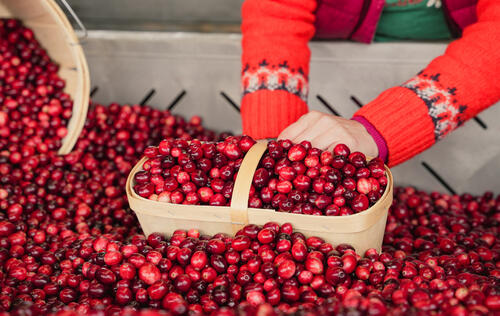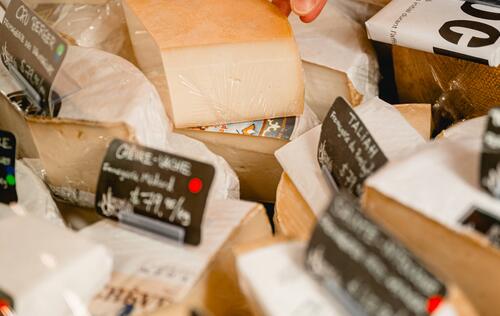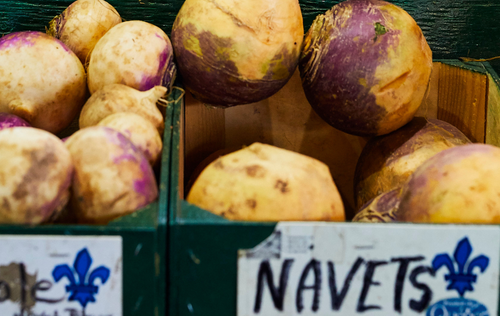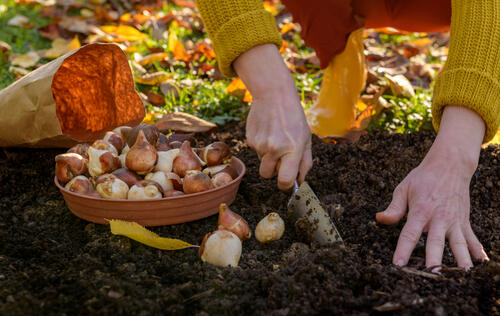How to enjoy local berries all year round?
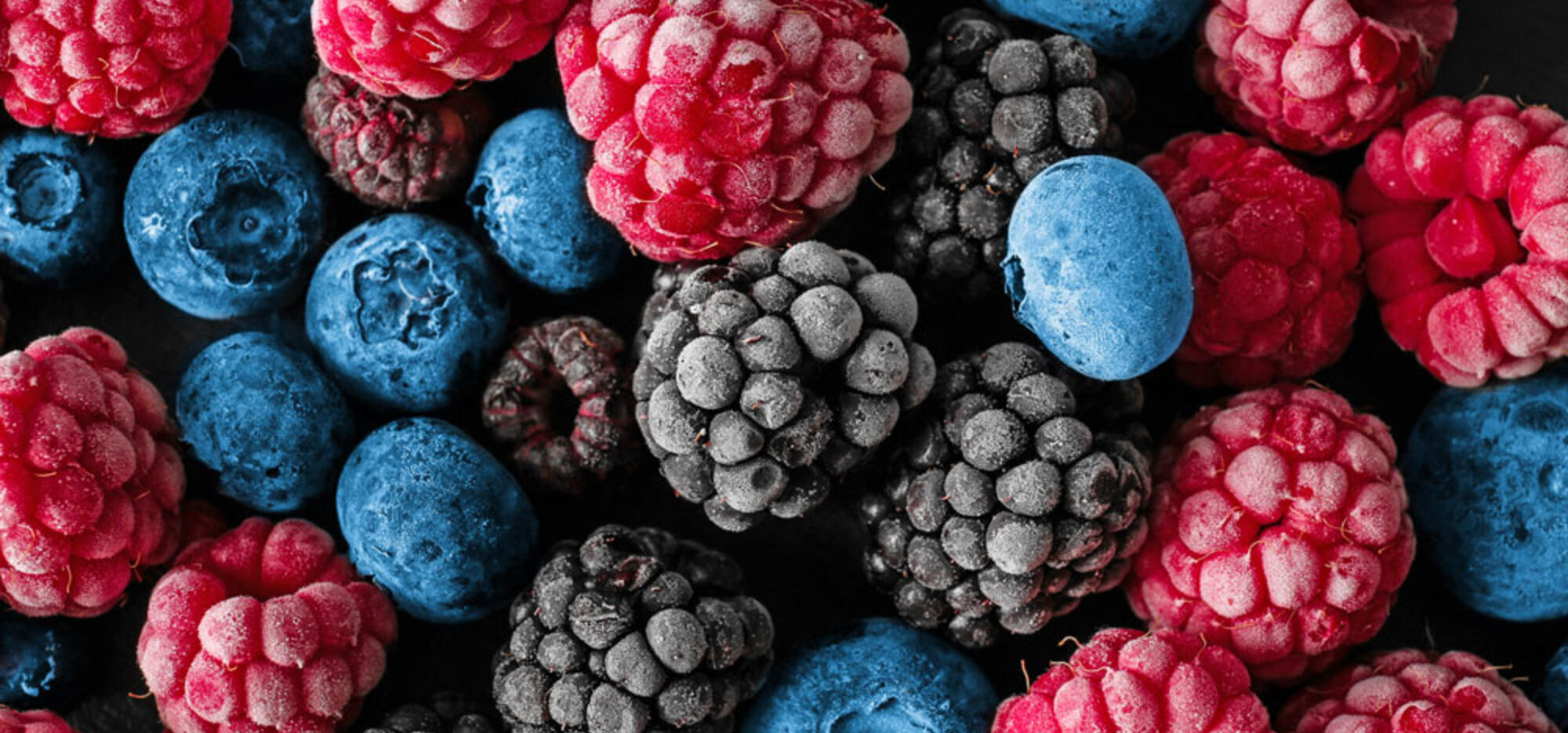
Enjoy Quebec strawberries, blueberries and raspberries year-round with tips from the Montréal Public Markets. Local flavour, even out of season!
« Ah les fraises et les framboises
Des bons fruits frais j’en veux
Croyez-moi, chers lecteurs
Jamais je me suis tant plu »
If you've reread and sung this introduction, then we're on the same wavelength! And thanks to my tips for preserving our precious local berries all year round, I'm planning to keep you humming along until next spring.
Honestly, what could be more comforting than knowing that we'll have memories of our summer all over our plates during the cold season? An agritourism outing, a family gathering, an afternoon in the garden and a little closing chat with our generous neighbours with their undeniable garden... What flavours!
Top tips for freezing
Freezing is undoubtedly the simplest and most affordable way of preserving food at home (you probably already have a freezer, but if you don't... well, then!). There are a few simple things you can do to improve the success of this method.
- Opt to freeze fruit fresh from the field.
- Sort, clean, trim (little tails don't look good in pudding), slice or chop.
- Spread all these little treasures out on a baking sheet ready to freeze their rinds in the freezer. That way you won't have to deal with a blueberry loaf when you're making a delicious dessert.
- Once frozen, it's time to transfer everything to airtight, transparent containers. And yes, old yoghurt tubs really aren't ideal!
- Get out your calligraphy skills, it's time to put the finishing touches on your containers by labelling them with the contents and the date to ensure proper rotation.
Extras tips
For best results, it is important to cut strawberries into halves or quarters. Smaller pieces that are in greater contact with the air risk being altered more easily by the cold.
To avoid changing the colour and texture of frozen fruit and preserve the integrity of your little gems, marinate them in a water bath with added ascorbic acid, vitamin C or Fruit Fresh.
- Ascorbic acid: for 1 litre of fruit, dissolve 1 ml of ascorbic acid in 50 ml of water. Coat the fruit well with the solution.
- Vitamin C: for 1 litre of fruit, powder one vitamin C tablet (WITHOUT FLAVOUR) of at least 800 mg and dissolve in 50 ml of water. Coat the fruit well with the solution.
- Fruit Fresh: for 1 litre of fruit, dissolve 10 ml of Fruit Fresh in 50 ml of water. Coat the fruit well with the solution.
The slightly uglier fruit can also be set aside to make a quick jam or smoothie.
How to cook frozen fruit
The important thing to remember when cooking fruit that has been frozen is that a fair amount of liquid will come out. Cooking is therefore generally optimal if you want to obtain a more interesting texture than a strawberry at the bottom of the basket the day before. Of course, smoothies are always delicious with good Quebec fruit, but personally I like to vary the ways I use them. So here are a few absolutely delicious ideas for putting these sweet treats to good use.
- In pudding or upside down
- Muffins and bread
- Coulis or compote for pancakes and waffles
- In porridge
- Sauce to accompany poultry, fish or game
- Cocktail or mocktail
- Applesauce (because there's more to applesauce than apples!)
Tip: once defrosted, taking the time to roast the fruit on a tray in the oven before adding it to a recipe will make you forget that one day you didn't like frozen fruit.
Dehydration for beginners
Dehydration may seem like a preservation technique reserved for the granos and hiking trippers of this world, but I assure you that it has a lot more to offer than a simple hiker's mix that you'll have run out of fairly quickly.
The most motivated will probably want to buy a dehydrator. WOW Slow down! A dehydrator can be quite expensive when you don't know if it's right for you. Here are a few things to consider first.
- Explore the possibility of borrowing a machine to test the technique.
- Carry out a few dehydrations in the oven on the warming function, keeping the oven door ajar. Ideally, you should also place a fan facing the door opening to facilitate air circulation and moisture removal.
- Dehydrate in the car, yes, you've got it! But the technique can also be done with finely chopped strawberries, then placed on a baking tray on the dashboard of a car in direct sunlight. Ideally, you should also open the car's windows slightly to help the air circulate. As an added bonus, you'll save on the purchase of car-freshener, unless you've done the technique with garlic! Oops!
- If dehydration really appeals to you, why not opt for a used model, which might just do the trick.
Ultimately, dehydration is a very simple technique to carry out, which preserves as many of the nutrients in food as possible. Here are a few simple tips on how to do it right.
- Choose fruit that is in good condition and freshly picked.
- Wash and dry the fruit thoroughly.
- As with freezing, berries can be treated in an antioxidant solution to prevent discolouration.
- Fruit should be thinly sliced. A mandolin will be your best friend for this task.
- Round berries with thicker skins can be sautéed for a few seconds in a boiling water bath, then cooled. The skin should split slightly, making it easier to dehydrate the fruit.
- Place in the dehydrator between 57℃ and 60℃ if possible.
- The fruit will be sufficiently dehydrated when once pressed between the fingers no more moisture comes out, but it is normal for it to still be sticky.
- Once dehydrated, store the fruit in an airtight container of the correct size and away from light.
How to use dehydrated fruit
Dehydrated fruit can be used in a host of delicious preparations, all it takes is a little imagination!
- Use fruit leathers instead of nori leaves to make dessert sushi.
- Rehydrate berries in milk or juice and use to make milk, rice or chia puddings.
- Chop the fruit to use in weekend pancakes and waffles.
- Powder it and use it... EVERYWHERE! It makes great natural colouring too!
- Take homemade biscuits to the ‘BEST biscuits in the world’ stage! Certified by kids and adults alike.
- Add to sauces and chutneys for a fruity touch.
- Make the best soft bars.
- Add to a dish for a touch of acidity and sweetness: salad, poultry, fish, etc.
This article was written by Édith Ouellet, a nutritionist by profession, who believes that healthy eating and sustainable eating go hand in hand. With her very own 0% guilt-tripping style, she tries to influence people to adopt eating habits that are not only healthier but also more respectful of the planet's health. Édith is offering a brand new course to support you in your efforts to eat locally all year round. With recipes, tips, tricks and answers to all your questions, you'll learn the essentials for becoming a true locavore... even in Quebec!
